Host country
Discover Togo
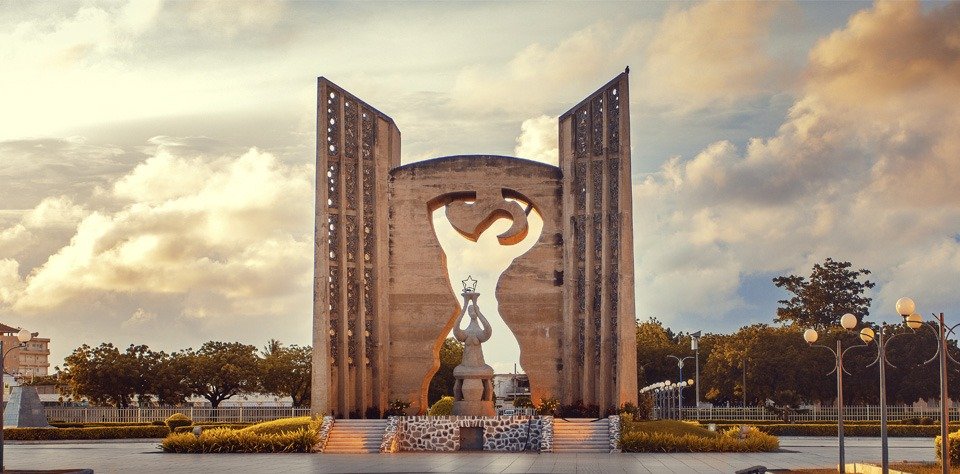
Located between Ghana to the west, the Republic of Benin to the east and Burkina Faso to the north , Togo, with an area of 56,600 km² , opens onto the Atlantic Ocean to the south by a narrow coastal strip of 50 km.
Togo is shaped like a corridor approximately 660 km long and 150 km wide at its maximum in the centre of the country. This longitudinal configuration gives it great cultural and tourist diversity.
These are the privileges of Togo, which is able to offer its visitors beautiful sites in a limited area: a beach with fine sand, landscapes of hills and mountains, green valleys and plains and plateaus of wooded savannahs.
Togo smiles at you and welcomes you with its legendary hospitality. A small country in size, its vast tourism sector gives it prestige in the sub-region. A country with approximately 44 languages , Togo is home to a cultural mosaic with a uniqueness that sums up this increasingly imposing nation with the history of Nana Benz.
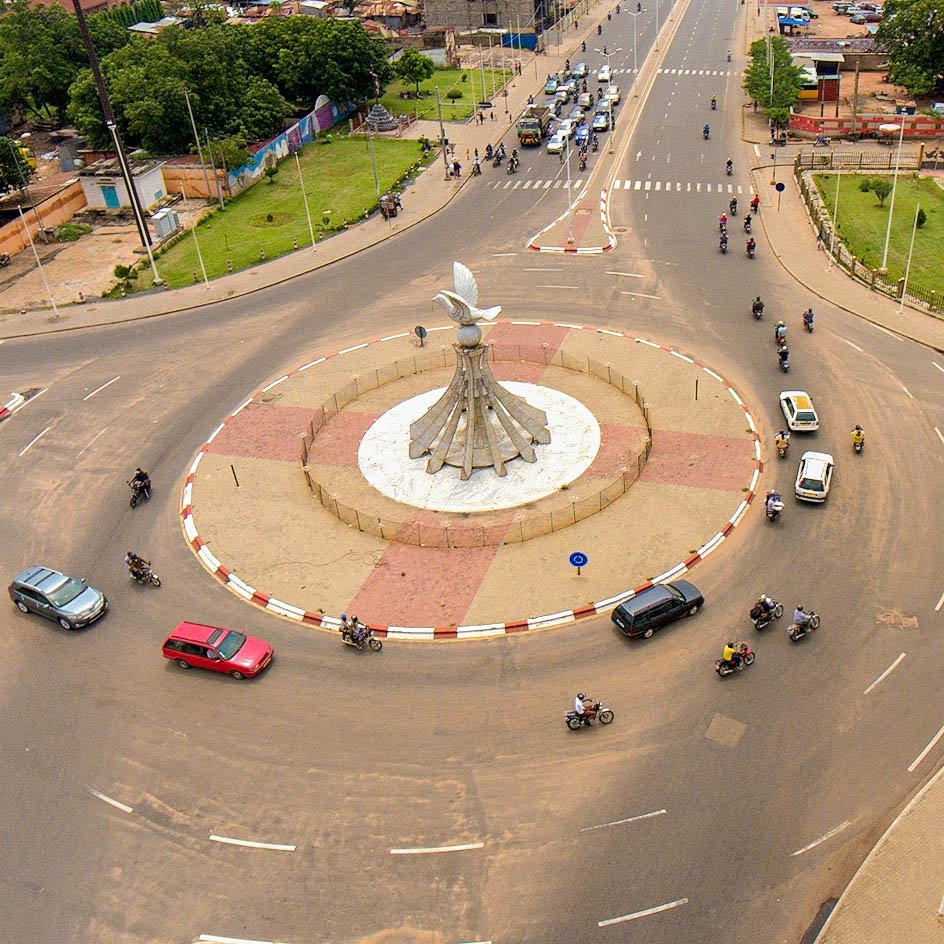
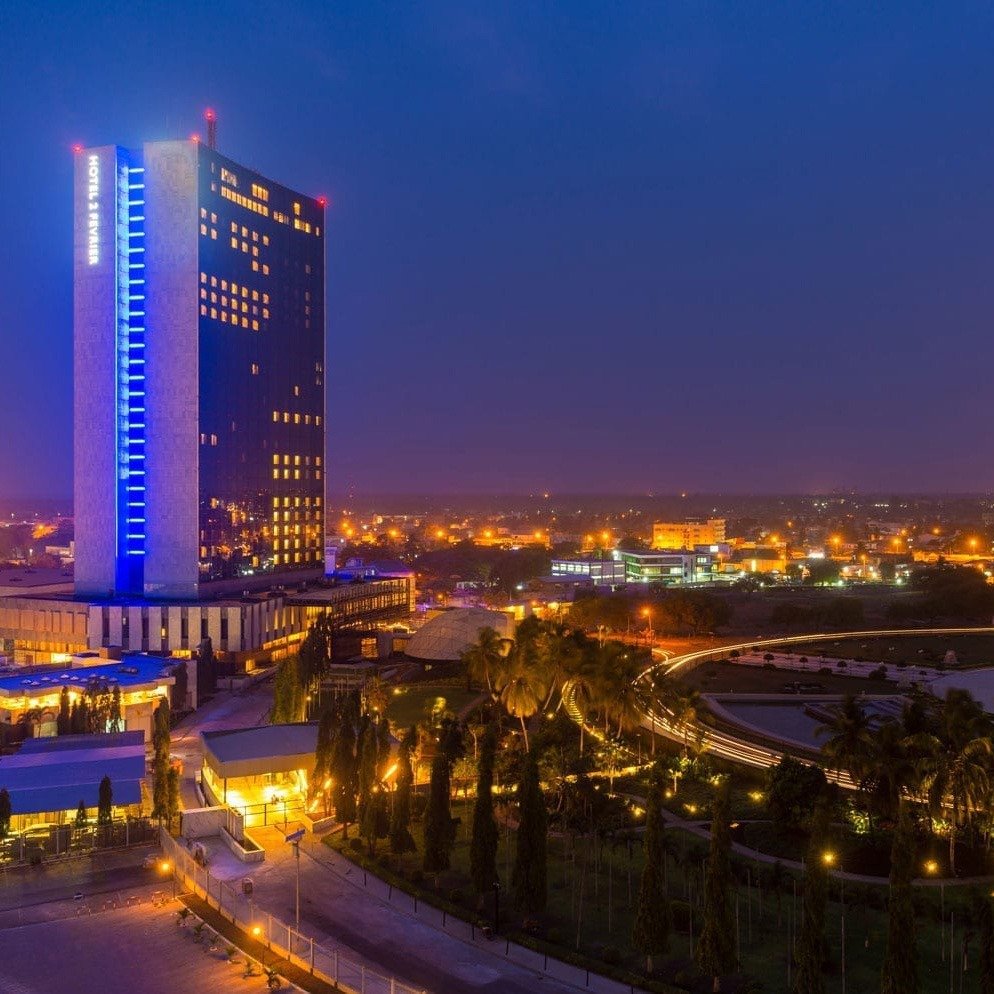
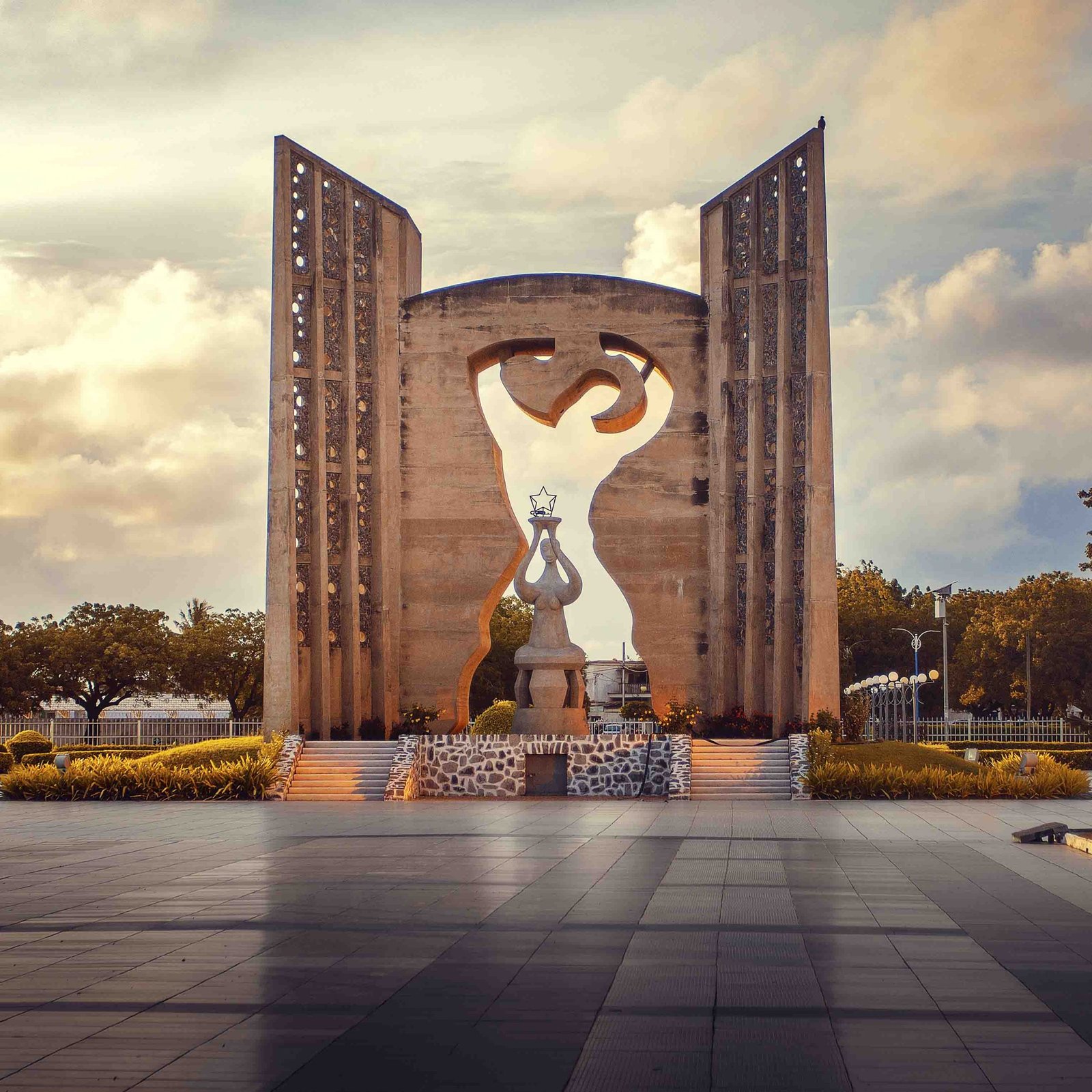
History
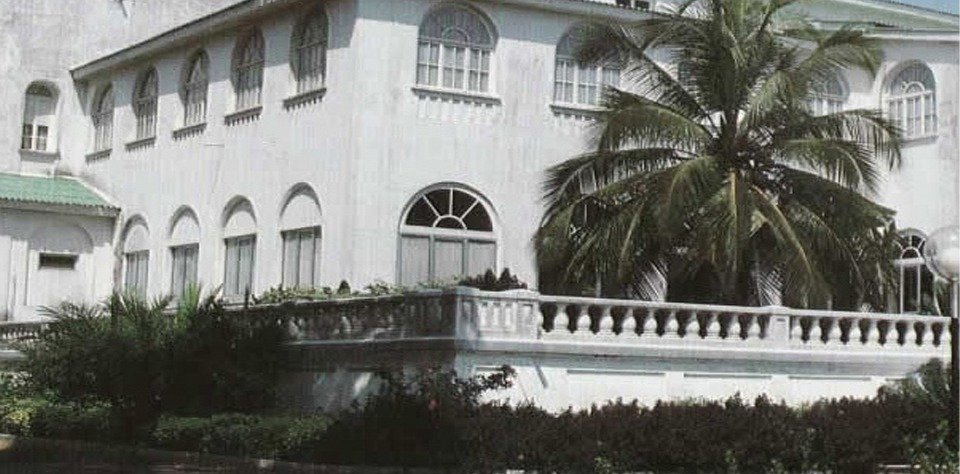
The history of the founding of the territorial space of present-day Togo is made up of ancient settlements, successive migrations, contacts with other civilizations and expansionist aims of the colonizers. According to oral traditions, the ancient settlements concern the Alou and Azanou of Tado , the Akposso-Akébou , the Ahlon of the Dayes plateaus and the Kabyè . The main migrations are those of the Adja-Ewé , the Guin-Mina , the Tem , the Tchokossi and the Moba-Gourma.
Togo owes its name to the small village ” Togoville ” located on the northern shore of Lake Togo where the German explorer, Dr. Gustav. Natchigal signed the protectorate treaty with King M’lapa III on July 4, 1884, which allowed Germany to conquer a territory of 90,500 km² . The Germans, in 30 years of presence, made their colony economically efficient, which earned it the title of Musterkolonie or model colony.
At the outbreak of World War I in 1914 , Germany was quickly defeated in Togo by the Allies and following this defeat, the country was divided into two territories: Western Togo , with 33,900 km² administered by Great Britain and attached to the Gold Coast (present-day Ghana) and Eastern Togo with an area of 56,600 km² , placed under French mandate .
Only the eastern part constitutes the current Togolese Republic .
The struggles for independence were led by the Committee of Togolese Unity (CUT) of Sylvanus OLYMPIO and JUVENTO , on the one hand, and the Togolese Party of Progress (PTP) of Nicolas GRUNITZKY and the Union of Chiefs and Populations of the North (UCPN), on the other. The legislative elections under the supervision of the UN in 1958 gave victory to the CUT of Sylvanus OLYMPIO which led Togo to independence on April 27, 1960 .
In the coup d’état of January 13, 1963 , in which President OLYMPIO was killed, GRUNITZKY succeeded him and was in turn overthrown on January 13, 1967 by Lieutenant-Colonel Gnassingbé EYADEMA.
The country was ruled from 1967 to 2005 by President Gnassingbé EYADEMA .
In 1990 , the country entered the democratic era with the restoration of multiparty politics. Following the death of President EYADEMA in 2005 , presidential elections brought Faure Essozimna GNASSINGBE to power . He was re-elected in 2010 , 2015 and 2020 .
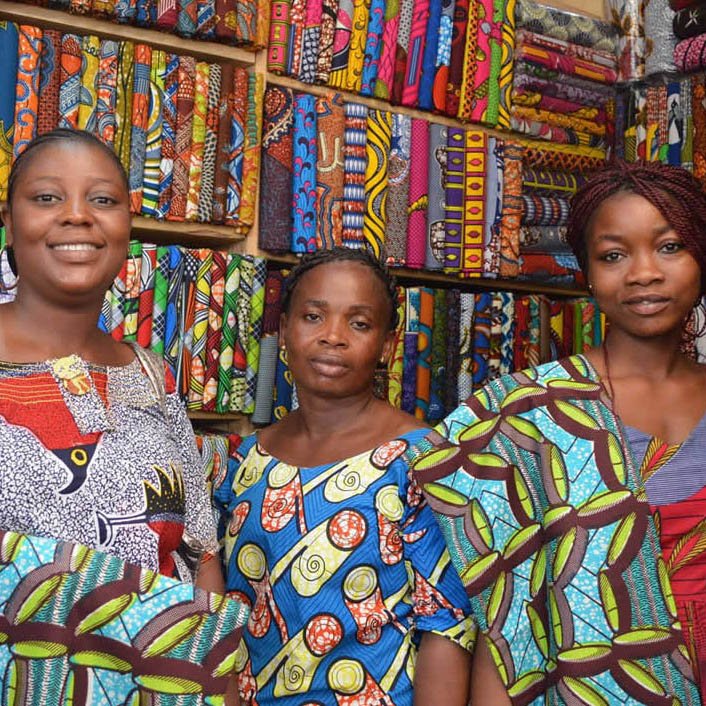
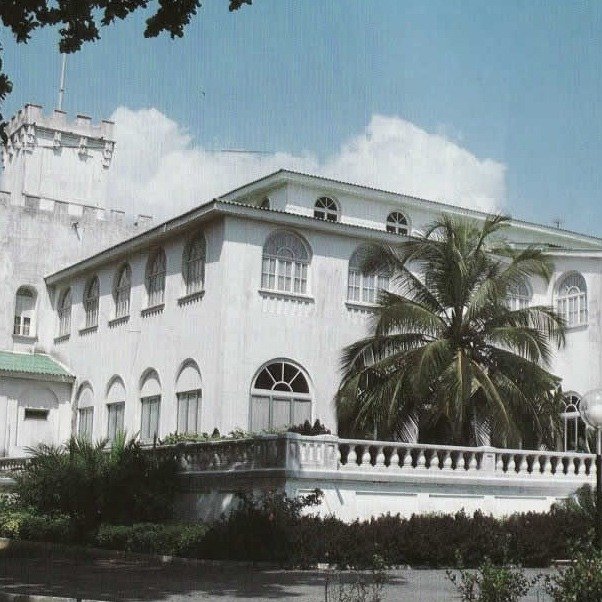
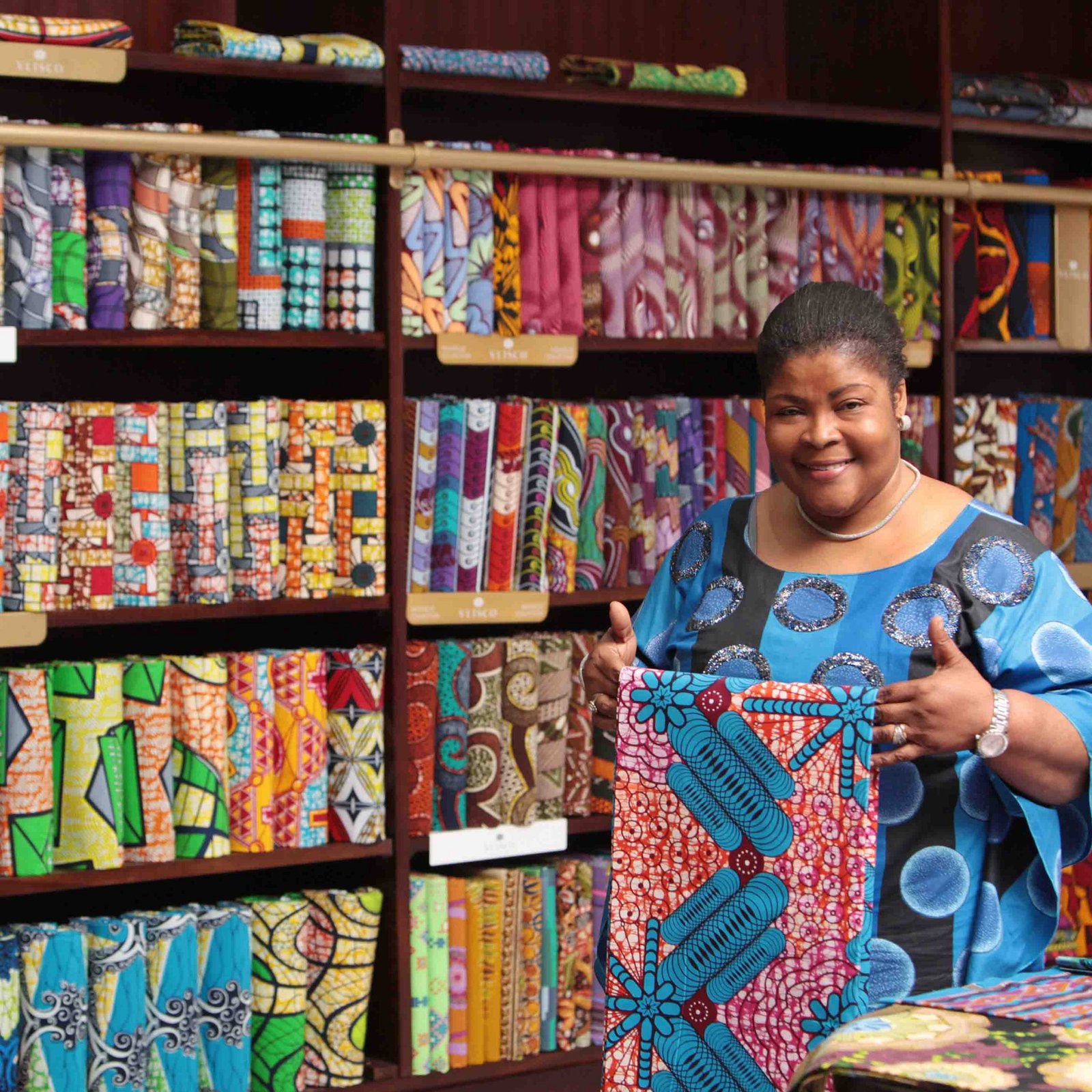
Culture & Belief

Togo is a mine of authentic traditions and cultures jealously preserved by the mosaic of ethnic groups who live there (Adja-Ewé, Kabyè-Tem, Para-Gourma, Akposso-Akébou, Ana-Ifè).
Togo offers a beautiful route along its 650 km, allowing visitors to discover the many ethnic groups that make it up and their unique traditions.
From the Ewé and Guin populations in the south, Ifè in the plateaus and Tem in the central region, passing through the Bassar, Kabyè and Tamberma of the Kara region to the Moba-Gourma of the far north, there are so many peoples who have remained deeply rooted in their traditions that Togo offers to discover.
On the religious level, the 2015 QUIBB survey reveals that 50.1% of the population are Christians, 19.2% are Muslims, 19.7% practice traditional religion, 8.7% are without religion, and the remainder constitutes 2.3% of other religions. Traditional religion links man and the forces of nature in a set of customs and rites. The supreme being, God, “Mawu or Esso,” can only be reached, according to traditional practices, by worshipping tutelary deities that can be animals or elements of nature such as water, wind, mountains, or trees. These religious practices aim to maintain or restore balance and harmony between all the forces of the universe.
They vary according to ethnic groups and regions but have in common the cult of ancestors and initiations as well as rites relating to life events and human activities, namely, birth, marriage, healing, death and life in the afterlife, hunting, sowing and harvesting.
In the south, Vodou is widely practiced, a cult linked to the worship of great spirits such as Hebiesso, Dan, Sakpata, Goun, Mami… The oracle “Fa” is also consulted. Vodou initiates speak a secret language and rigorously observe customs and taboos. During ceremonies, followers enter into trances and communicate with the spirits.
Travel agencies offer tours to Voodoo shrines to witness ceremonies involving songs, dances, and esoteric rites performed by priests and followers in their ceremonial attire.
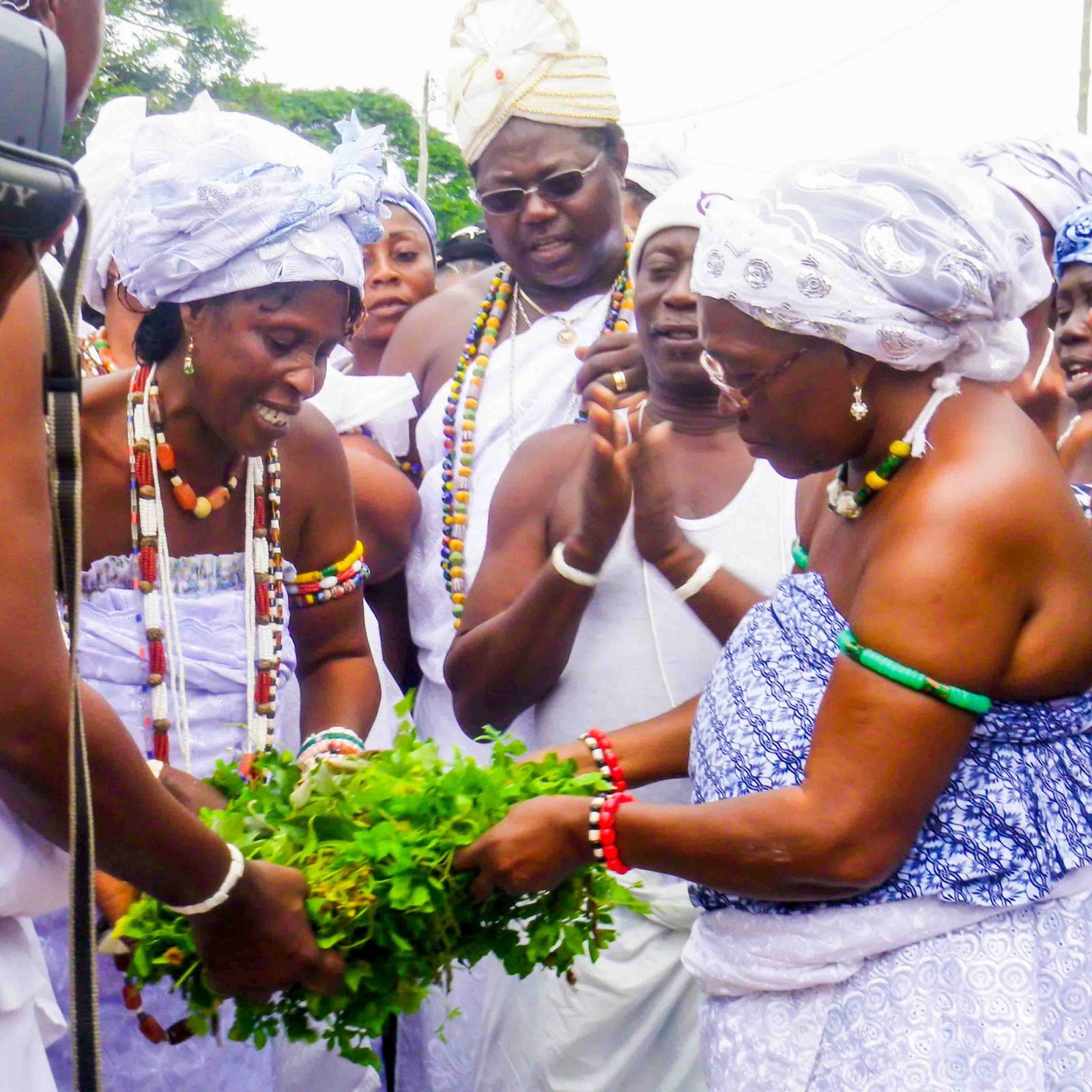
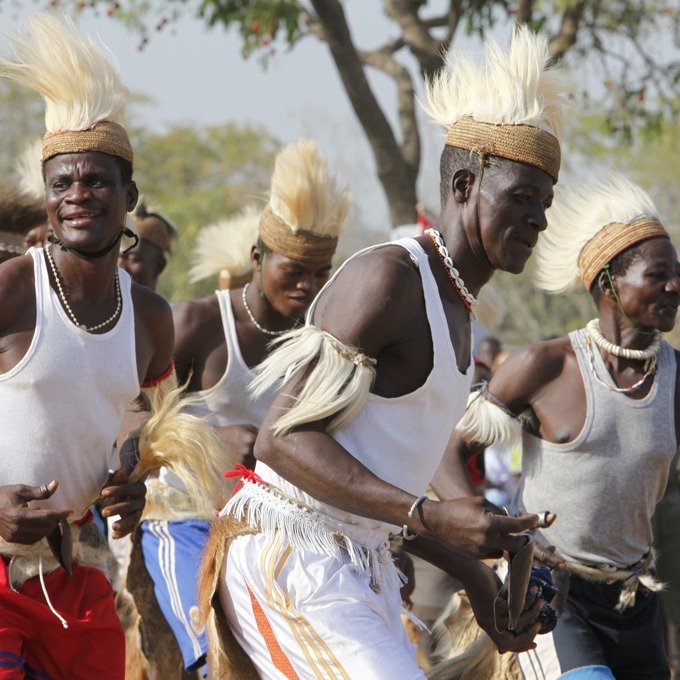
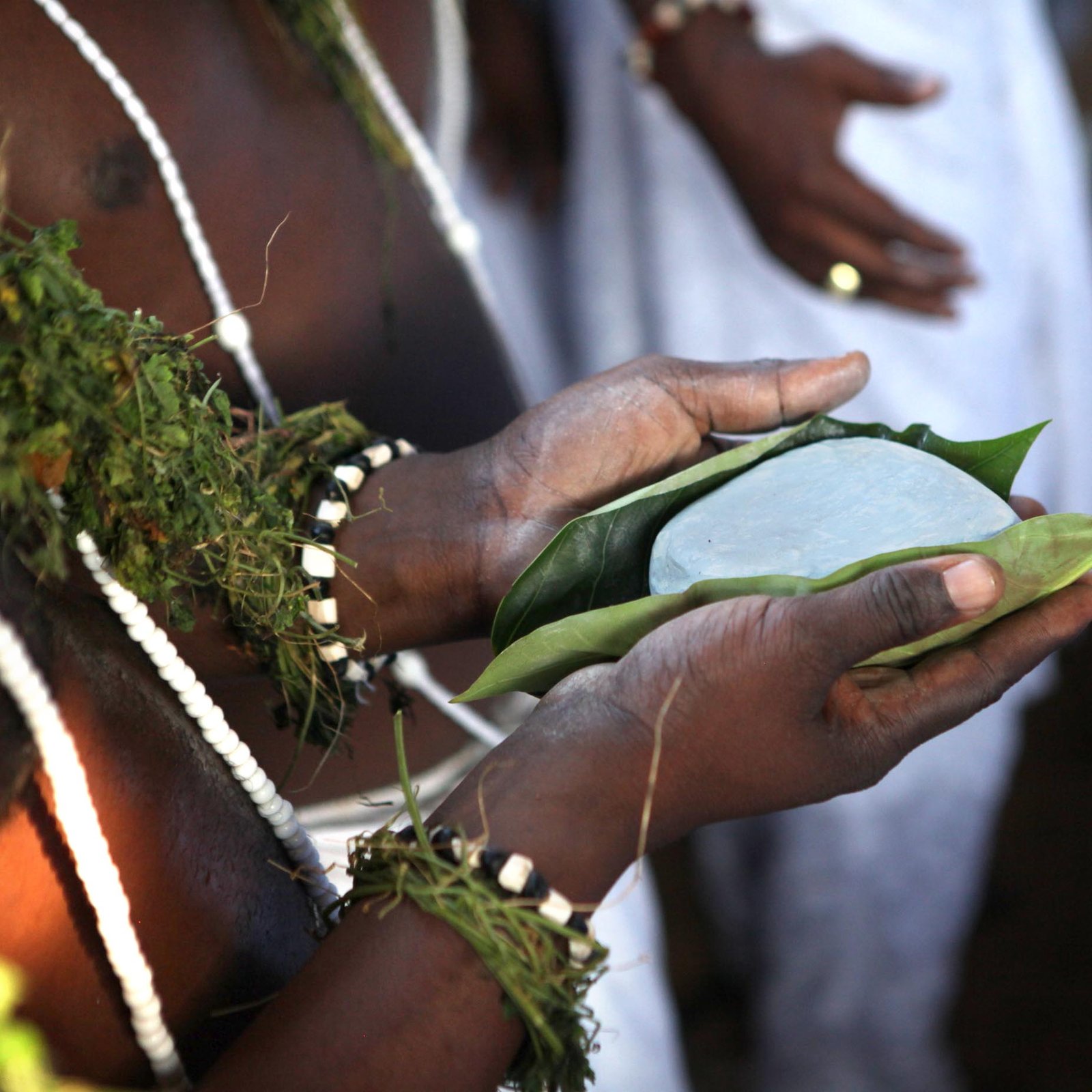
The Magnificent Cities of Togo
With its words and wonders, the cities of Togo have everything to captivate its visitors.
